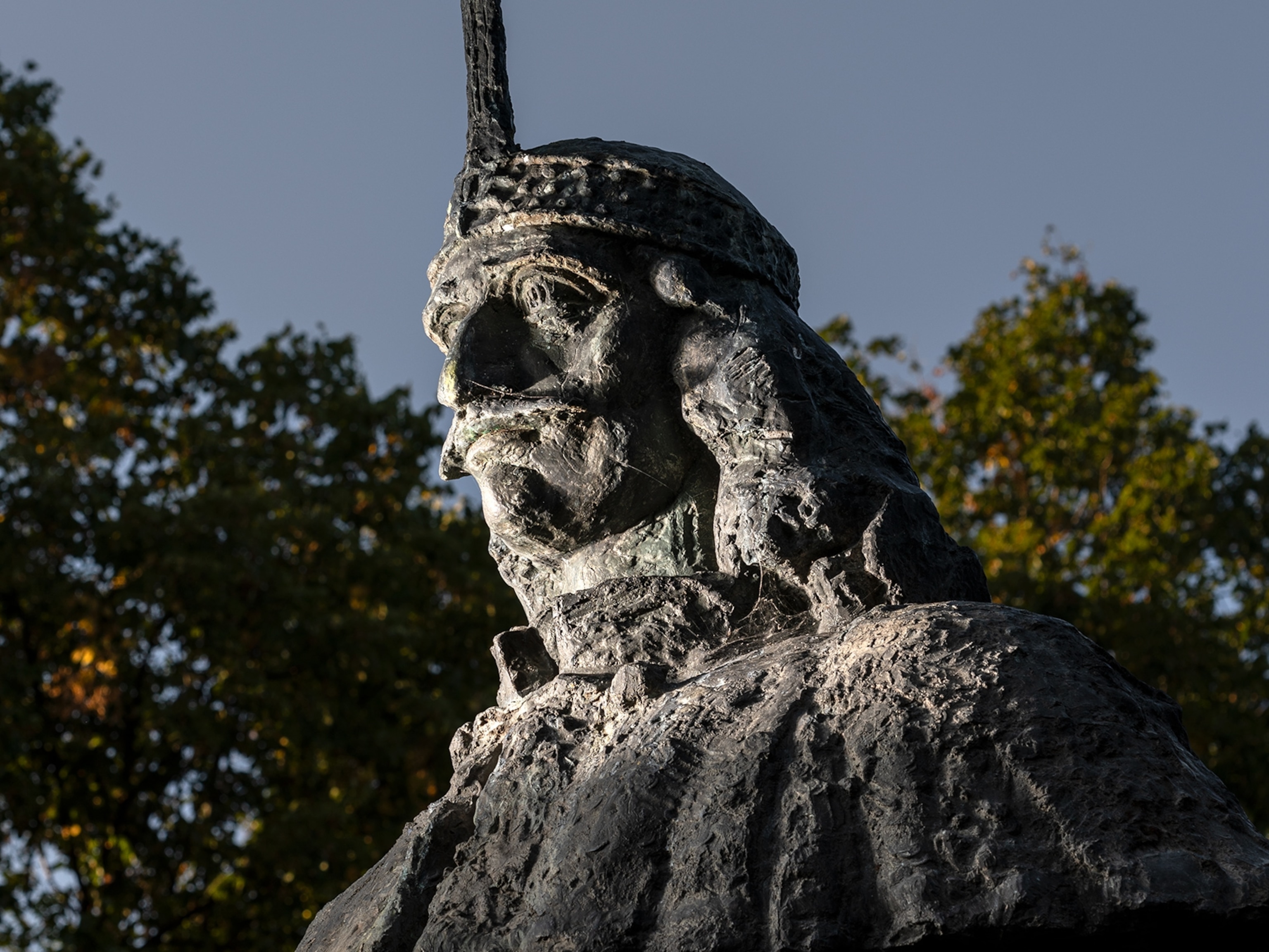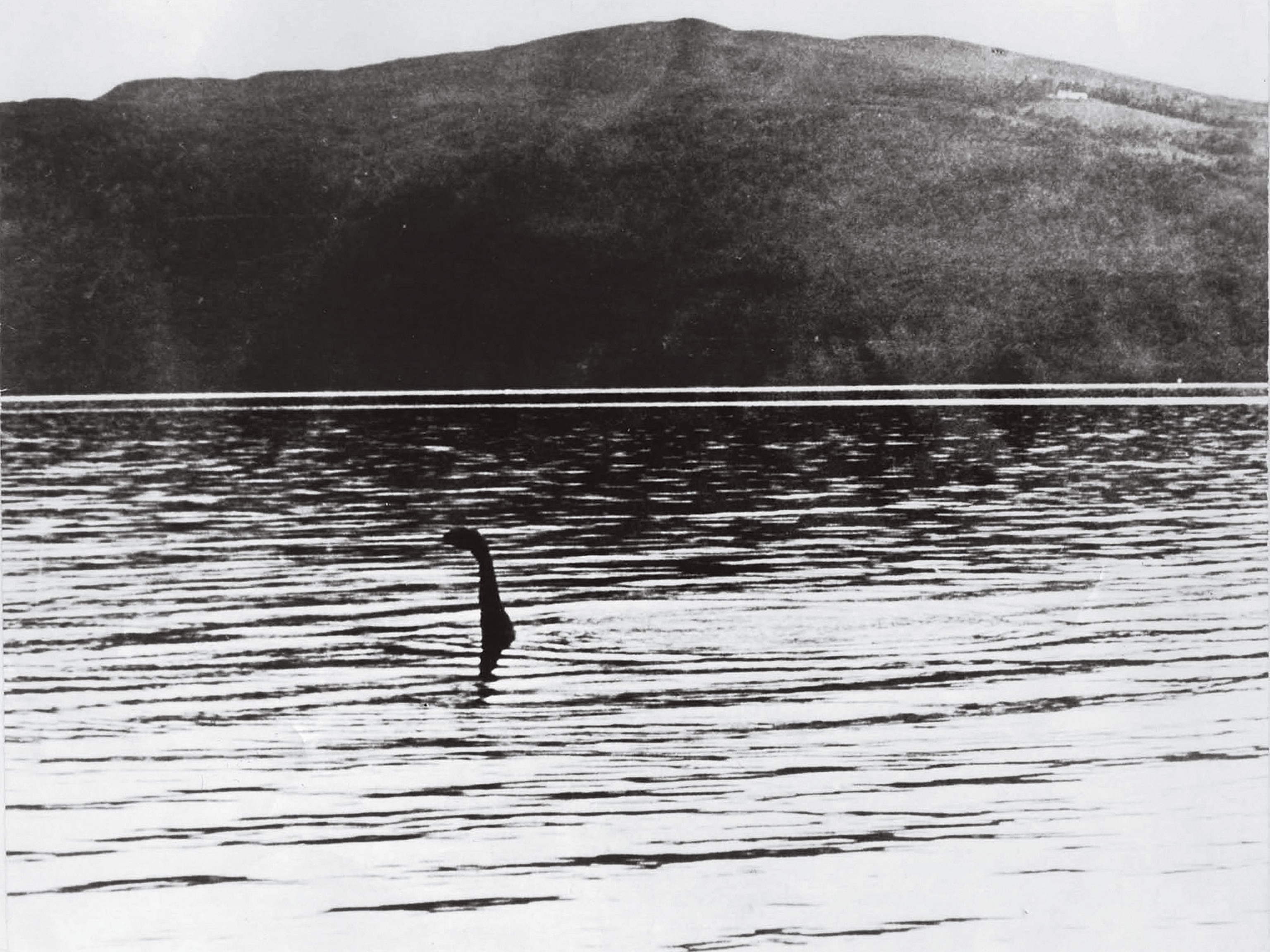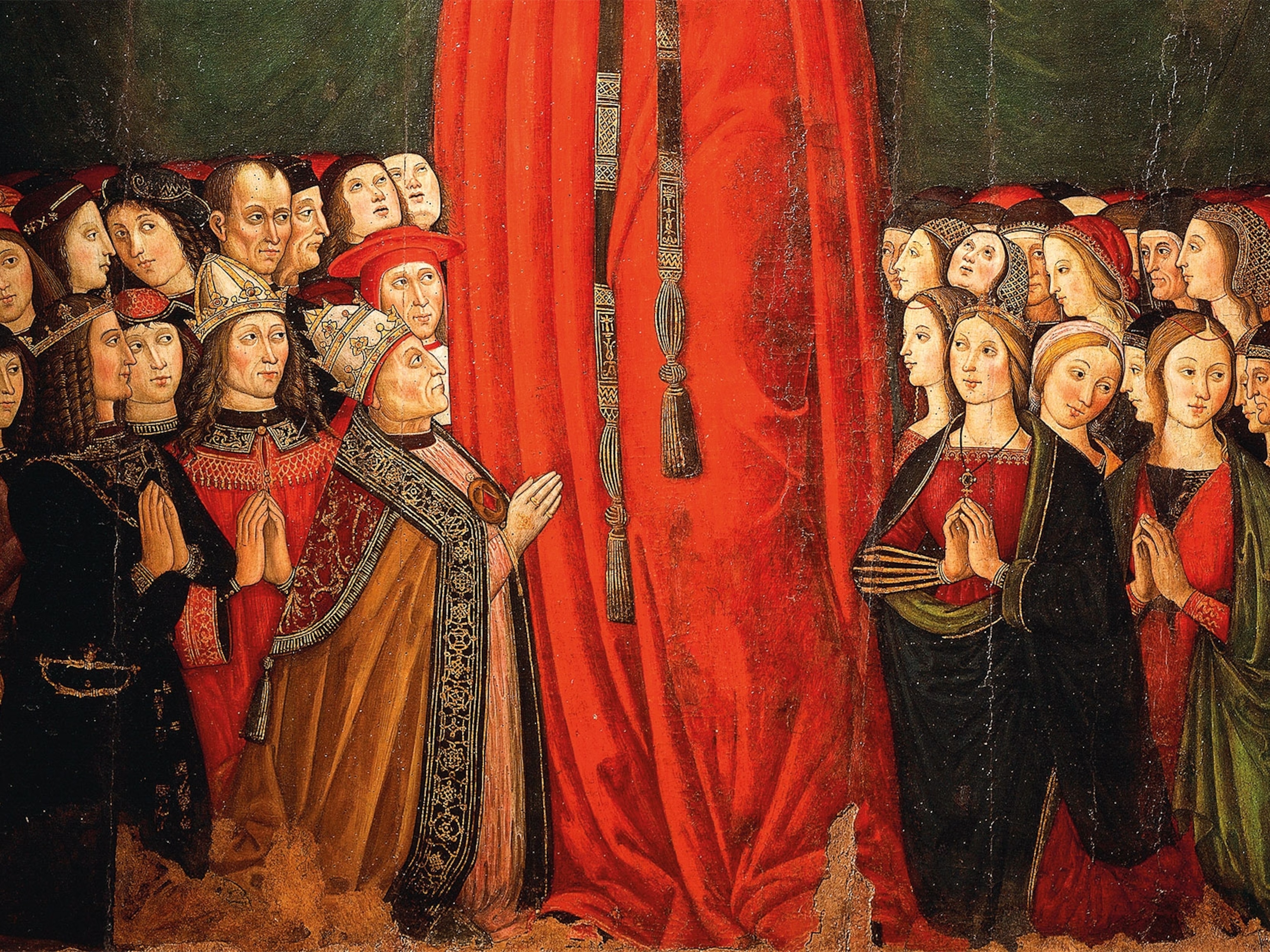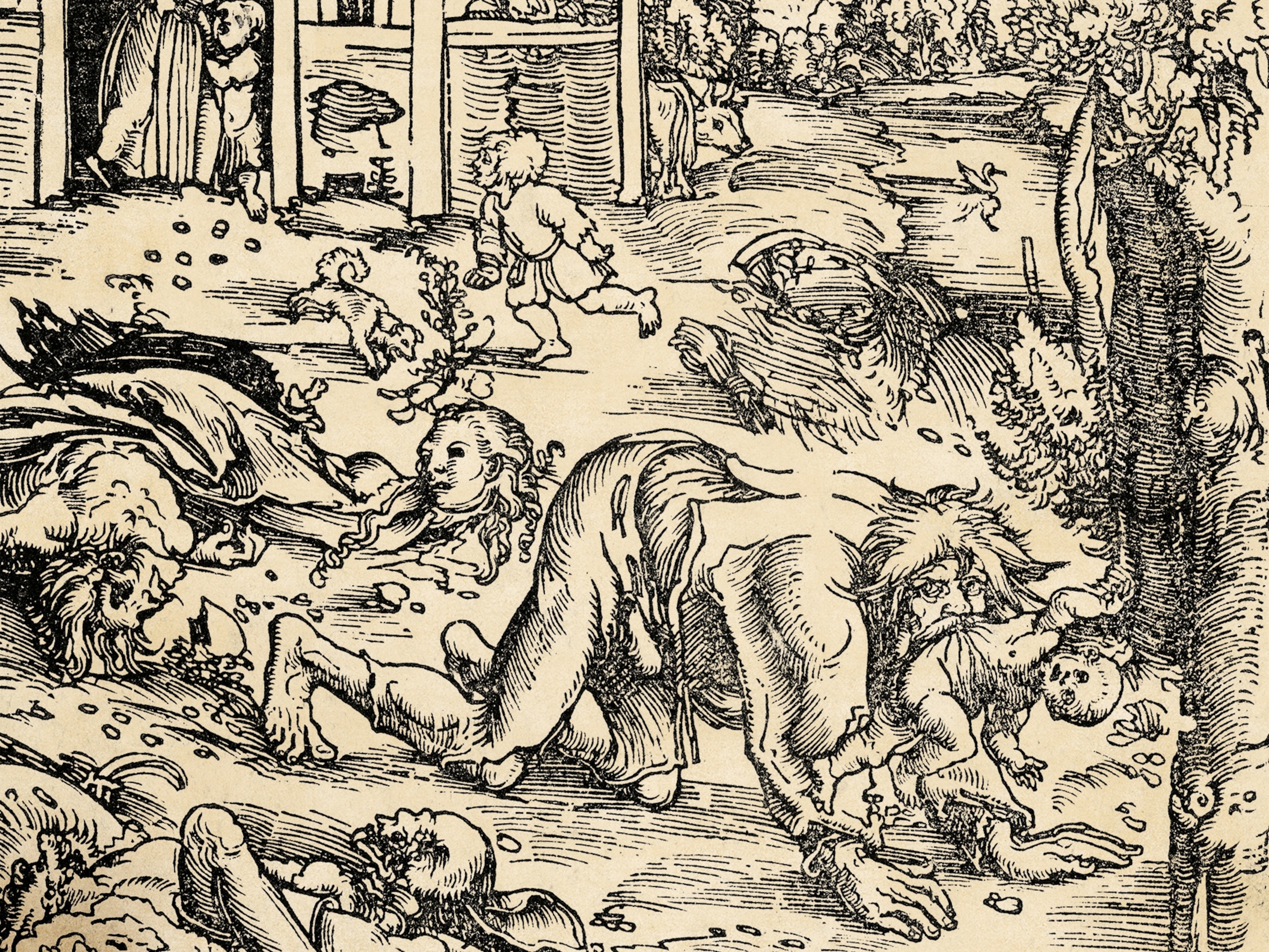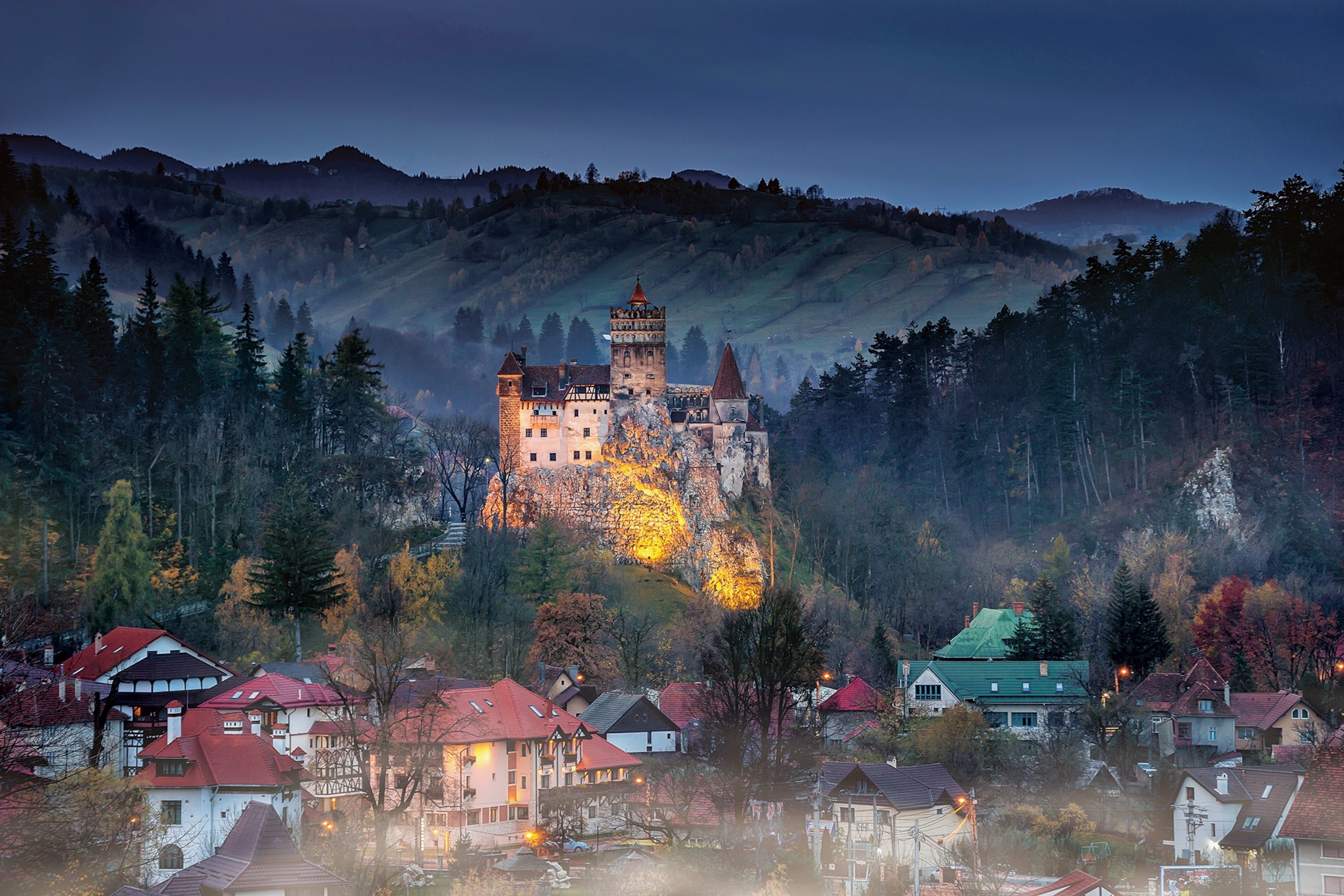
Tracing the blood-curdling origins of vampires, zombies, and werewolves
Tales of the undead and other frights are found throughout history. But where did these stories come from?
People have lived in dread of monsters since time immemorial. Who wouldn’t be terrified of flesh-eating beasts? Or bloodsucking night stalkers? Or zombies reanimated from the grave? This is the stuff of nightmares, though typically there are good explanations behind the horrors. Or are there?
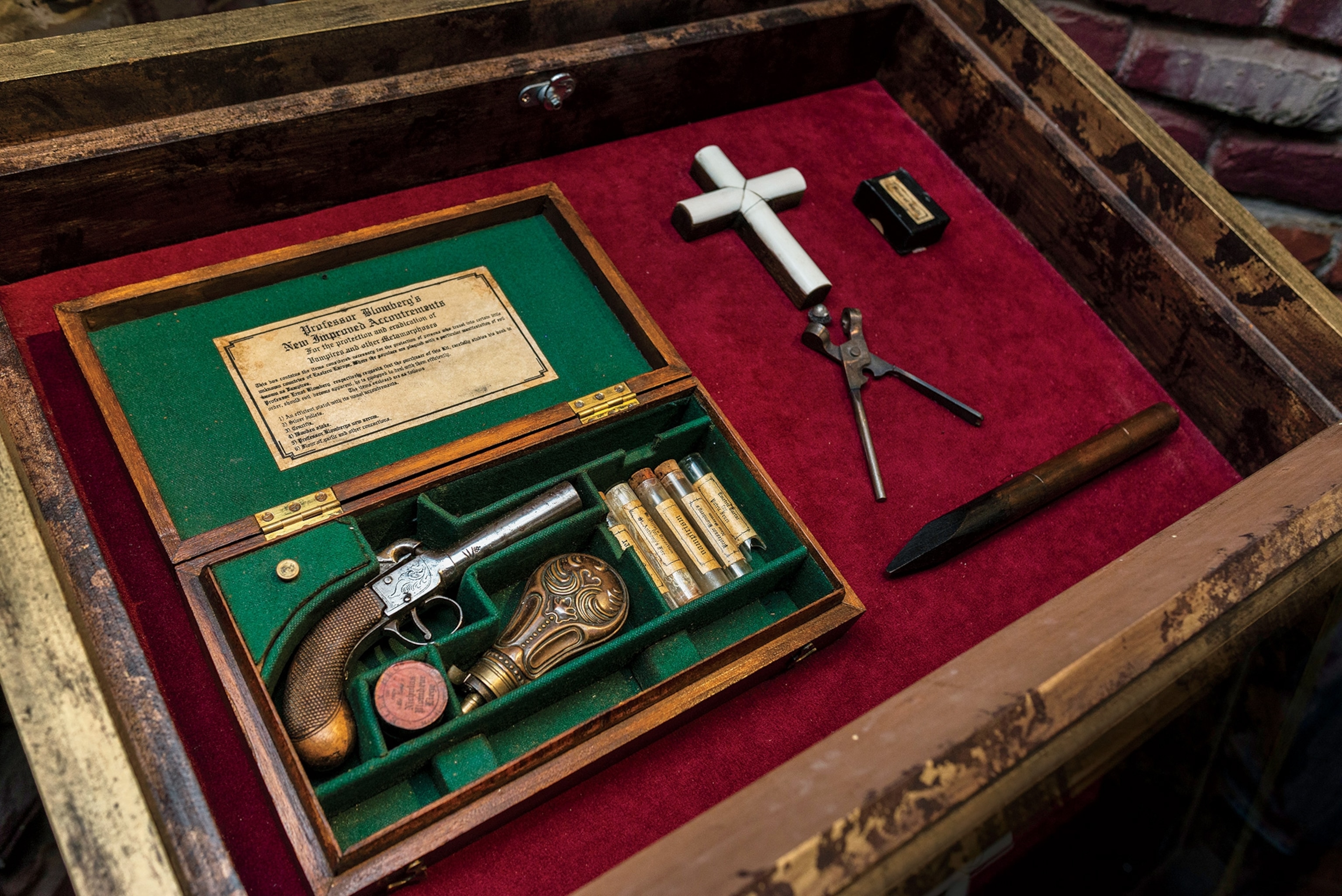
Vampires
Belief in vampires is nothing new. Tales of these nightmarish creatures—whose single bite of their pearly fangs turns their victims into cold, heartless beasts of the dark—date back to at least the Bronze Age. The Assyrians in 4000 B.C., for example, dreaded the edimmu, vampire-like spirits.
(The bloody truth about vampires and their origins.)

Fears of vampires were handed down through the centuries in many cultures, but perhaps the world's most famous vampires hailed from Europe. Vampire mania took off there in 1725, when Peter Plogojowitz arrived at his home in Kisilova, Serbia and demanded food from his son (another story says he demanded that his wife give him a pair of shoes). No problem, except he had recently died—and his son also turned up dead, along with nine other locals who claimed on their deathbeds that Plogojowitz throttled them and sucked their blood.
When the townspeople dug up his body, he had not yet started to decompose and fresh blood covered his mouth. Terrified, they plunged a stake through his heart. Blood poured from his mouth and ears, and so they burned his remains, just to play it safe. News of his death, undeath, and redeath raced throughout Germany, France, and England, scaring one and all.
(Vlad the Impaler's thirst for blood was an inspiration for Count Dracula.)
Vampires around the world
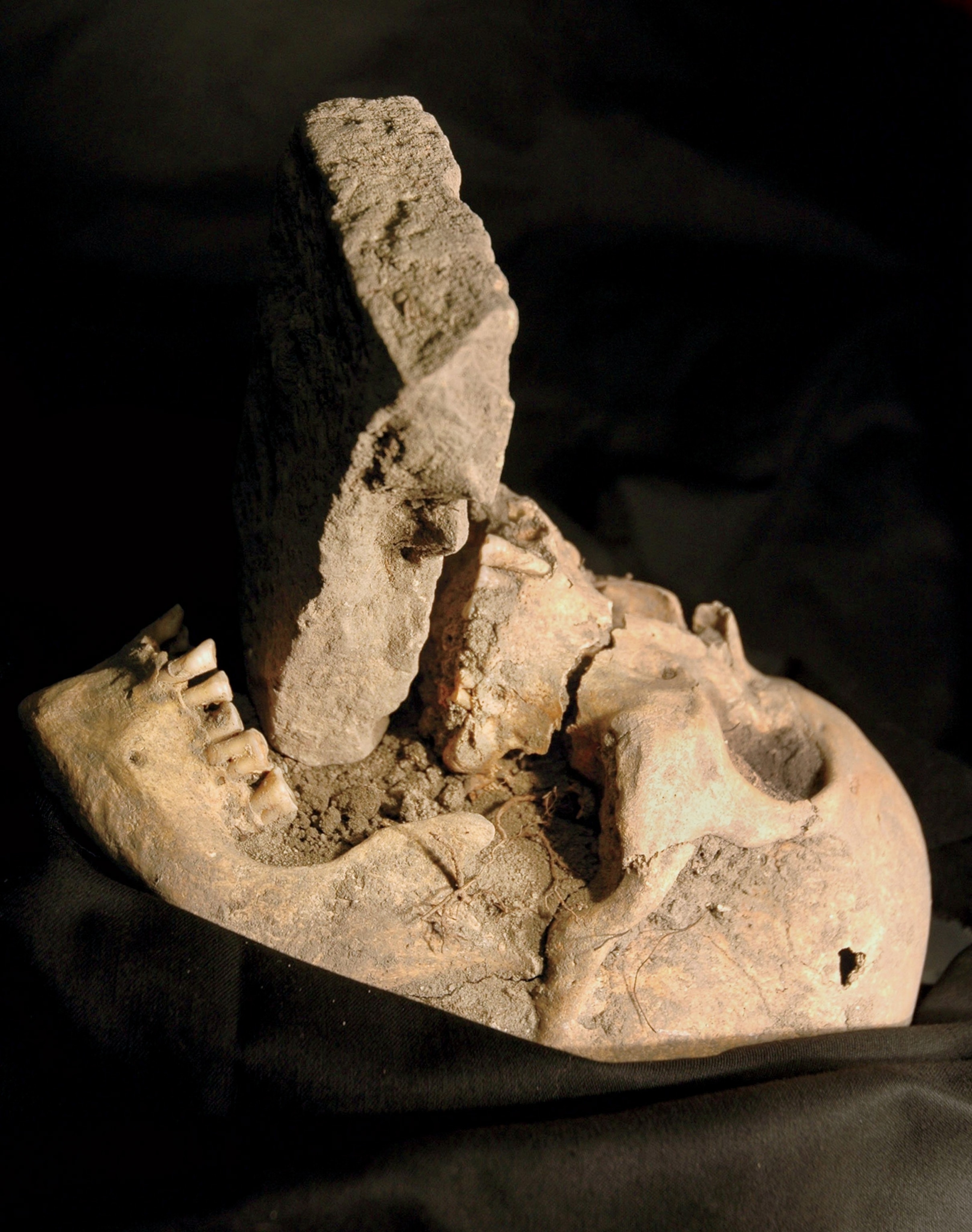
Loogaroo (the Caribbean)
According to local lore, a loogaroo is a woman who sold her soul to the devil. During the day she appears as an old woman. At night she takes off her skin and enters homes to drain people’s blood. She can be defeated by coating her sloughed skin with salt.
Jiangshi (China)
The Chinese jiangshi—also known as a hopping vampire—is believed to form when a person does not receive a proper burial or if a cat jumps over the person when he or she dies. The creature develops bulging eyes, can smell out its victims, and leaps from graves to capture people. It can be destroyed by exposure to light and flames.
Nachzehrer (Germany)
In Germanic folklore the nachzehrer—the after-devourer—is someone who is buried wearing clothes with their name printed on them. The corpse chews on its shrouds, and its spirit then roams the area at night, shape-shifting into the form of a pig and draining the life from family members and others. To stop a nachzehrer, its exhumed body must have its neck broken and its shroud confiscated.
Vetala (India)
The vetala possesses the body of a child who has not received a proper funeral. Its face morphs to look like a fruit bat, its nails grow and become poisonous, and its body turns green, brown, or white. To stop the vetala from sneaking into homes to feed on the blood of those asleep or drunk, the child’s body must receive a proper burial.
The Walking Dead
George A. Romero’s low-budget Night of the Living Dead zombie flick of 1968 proved to be as surprisingly successful as it was grim, and the movie spawned a craze for zombie films. While Romero may have shot new life into the undead, the idea of zombies dates back centuries, notably to 17th- and 18th-century Haiti.
During that time Africans were brutally abused and enslaved, working on the French-controlled island’s sugar plantations. The enslaved believed that death meant freedom and a release back to their homeland in the afterlife. Yet many were convinced that those who took their own life in an attempt to quicken up receiving their eternal awards would instead be trapped forever as soulless zombies—corpses reanimated through magic.
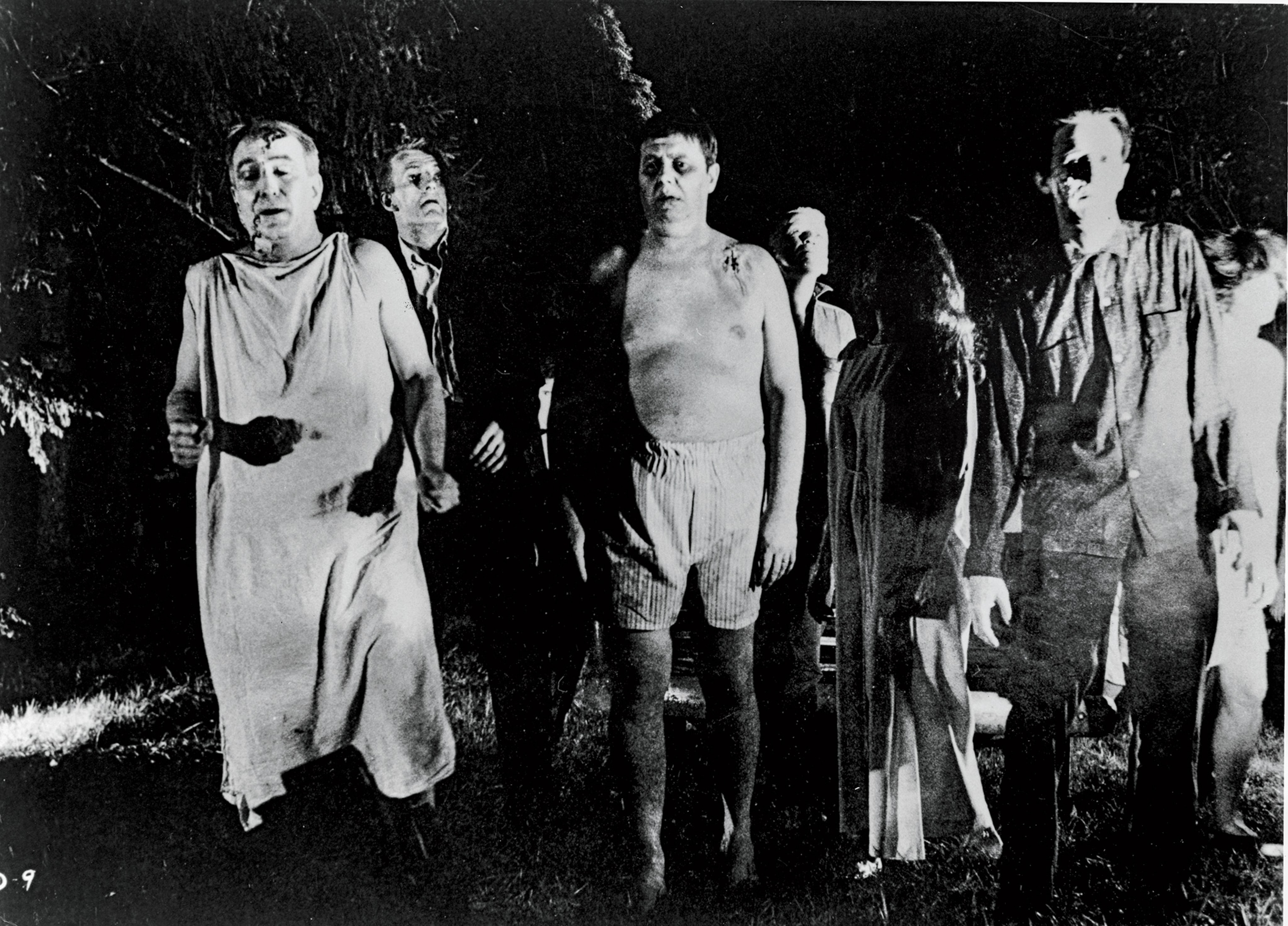
(How did 18th-century vampire hunters identify the undead? Blood and fingernails.)
There’s more. According to the voodoo religion, then practiced by up to 90 percent of Haitians, sorcerers (bokors) could create and control zombies in a variety of ways, including taking blood and hair from the victims, using voodoo dolls, and creating a coup de poudre, a mystical powder made from human remains, herbs, and animal parts. Once the victim had been treated, he or she appeared dead within minutes. As soon as they were buried, the sorcerer reanimated their bodies and use them to do their bidding.
After Haiti’s slave revolt in 1791, many of the enslaved Africans fled to New Orleans, bringing the practice of voodoo (and zombie beliefs) with them. By the 19th century, voodoo kings and kings had become spiritual and political figures of power, today remaining an important element of the local culture.
Werewolves
It’s not certain when legends of the first werewolves appeared, but scholars point to ancient Sumeria and The Epic of Gilgamesh, the oldest known Western prose, in which Gilgamesh jilts a potential lover because she has turned her previous mate into a wolf. Werewolves also turn up in Greek mythology with the legend of Lycaon who was turned into a wolf when he angered the god Zeus.
(Did a "werewolf" really terrorize France in the 1700s?)
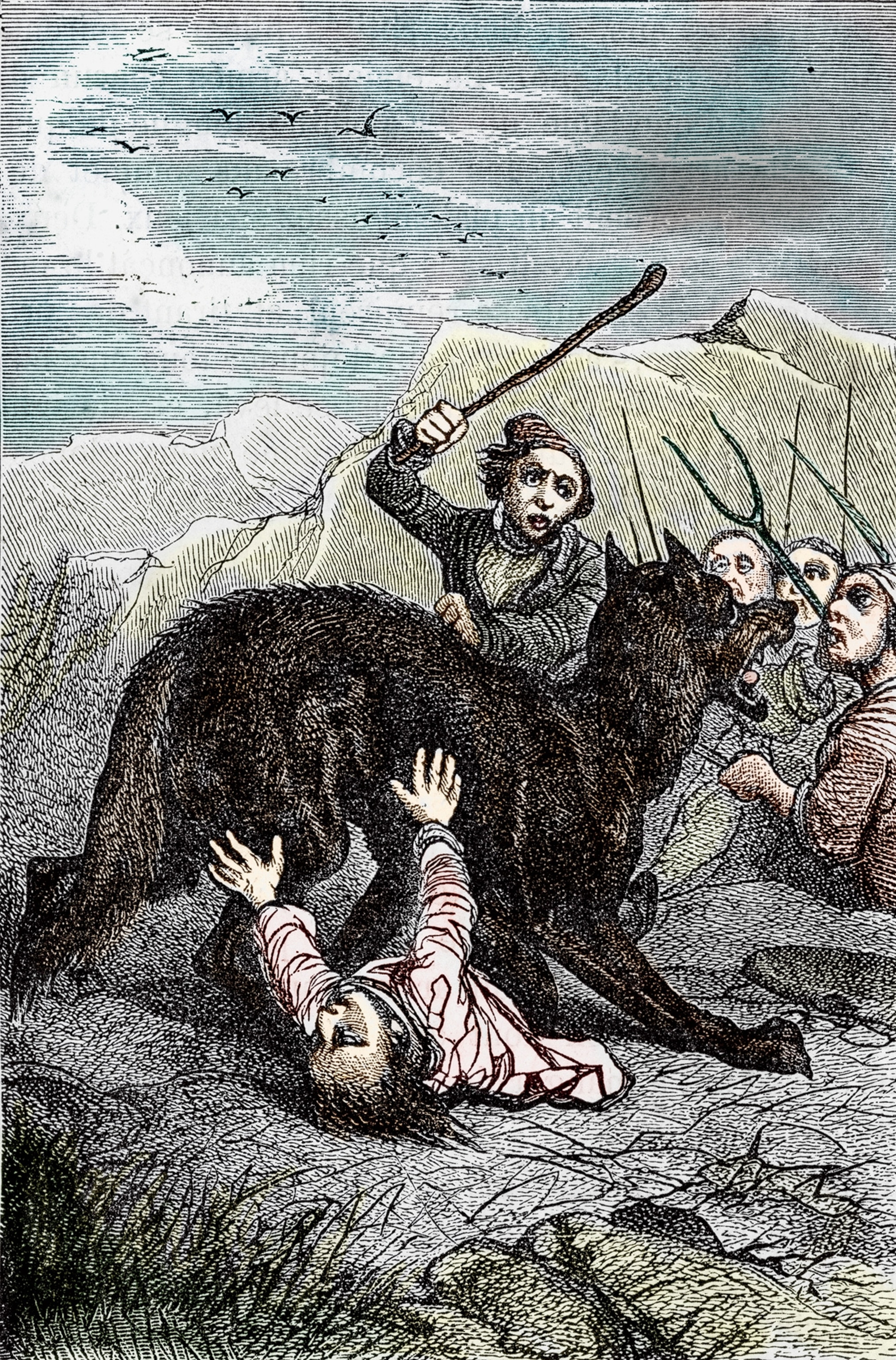

Fast-forward to 1764 France, when a beast mauled 14-year-old Jeanne Boulet near the village of Saint-Étienne-de-Lugdarès. She was one of more than 100 who died in the region in the mid-1760s, their remains discovered with their necks torn and heads gnawed off. Rumors spread throughout the countryside that a vicious, upright-walking monster impervious to bullets roamed the area. Thousands of volunteers headed out with rifles and poisoned bait, but the beast was never found, and the attacks stopped in 1765. It has been speculated that it could have been a pack of wolves that did the killing or even a lion that escaped from an exotic menagerie.
Nevertheless, the terror of werewolves took off, and the stories ran rampant. People feared they could become a werewolf by drinking a potion, receiving a bite from the creature, or even putting on a magical cloak or sash. Also, since wolves howled at the moon, it was believed that those conceived or cursed during a full moon could metamorphose during such a lunar event.

Jeanne Boulet aside, the concept of werewolves most likely derived from people suffering from misunderstood and feared medical conditions. Rabies for example, brings on headaches and foaming mouth, while hypertrichosis is a genetic condition that causes excessive hair growth.
(A German werewolf's "confessions" horrified 1500s Europe.)
To learn more, check out Secrets of the Supernatural. Available wherever books and magazines are sold.

